Get ready to discover 25 of the biggest animals on our planet! Many will be familiar to you, but you might be surprised at their astounding sizes. We have collated a selection of the largest animals from numerous categories such as mammals, reptiles, birds, fish, and insects. From a frog that weighs as much as a newborn to a spider as large as a dinner plate, these are the 25 most colossal animals in the world.
Saltwater Crocodile
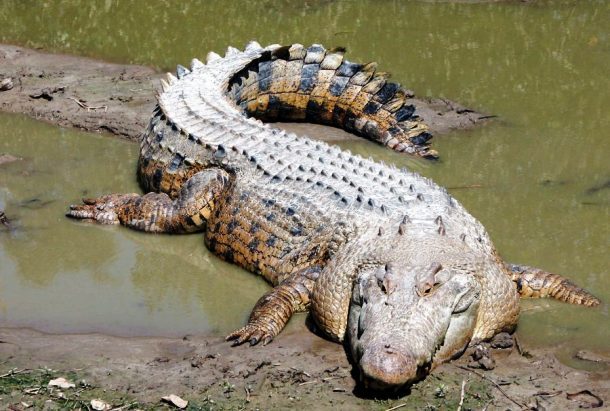 Source: nationalgeographic.com, ourplnt.com, Livescience.com
Source: nationalgeographic.com, ourplnt.com, Livescience.com Native to brackish and freshwater regions of Eastern India, Southeast Asia, and Northern Australia, the Saltwater Crocodile is the world´s largest reptile. The average size for a male is about 5.2 m (17 ft) and 450 kg (992.08 lbs). However, there have been unconfirmed reports of a crocodile in India reaching 7 m (23 ft) long with an estimated weight of 2,000 kg (4,409.25 lbs). The largest confirmed crocodile however, was a crocodile named Lolong which was estimated to be 50 years old, measured 6.17 m (20.24 ft), and weighed 1,075 kg (2.370 lbs).
Whale Shark
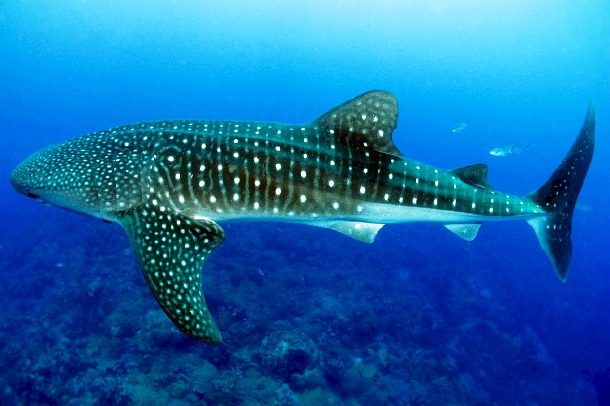 Source: nationalgeographic.com, sharks-world.com
Source: nationalgeographic.com, sharks-world.com Reaching lengths of over 12 m (40 ft) and weights of over 21 tons, the Whale Shark is the world´s largest fish. However, despite its formidable name and size, this marine giant is a filter feeder – in order to eat, it juts out its enormous jaws and passively filters everything in its path. The largest recorded whale shark was measured at 12.65 m (41.5 ft).
Lion´s Mane Jellyfish
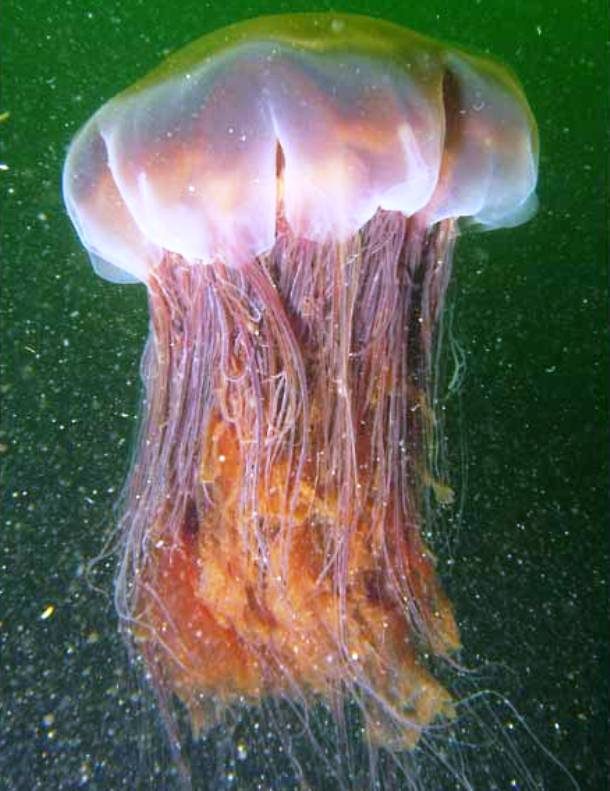 Source: oceana.org
Source: oceana.org Also known as the giant jellyfish, the Lion´s Mane Jellyfish is the largest known species of jellyfish. Inhabiting cold waters of the Arctic and North Pacific Ocean, this curious marine creature can reach impressive sizes – its tentacles can be up to 58 m (190 ft) long and the bell diameter almost 2.13 m (7 ft) wide.
African Bush Elephant
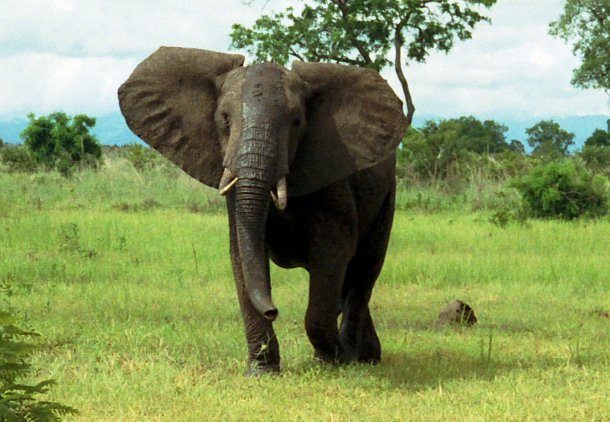 Source: nature.org
Source: nature.org Reaching up to 7.3 m (24 ft) in length, 3.96 m (13 ft) in height and weighing up to 11 tons, the African Bush Elephant is the world´s largest land animal. Found in African savannas, the elephants are herbivores and need to eat about 160 kg (350 lb) of vegetation daily. This animal also has the longest gestation period of all mammals – 22 months.
Goliath Beetle
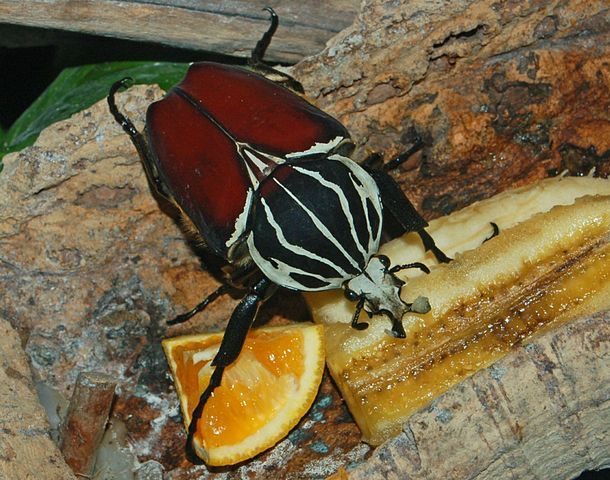 Source: amentsoc.org
Source: amentsoc.org Native to tropical regions of Africa, the Goliath Beetles are some of the largest insects in the world both as adults and larvae. It is thought that these bugs are the heaviest of all the known insects. Their larvae can weigh in as much as 100 g (3.5 oz) and the adults can reach 12 cm (4.7 in) in length.
Leatherback Sea Turtle
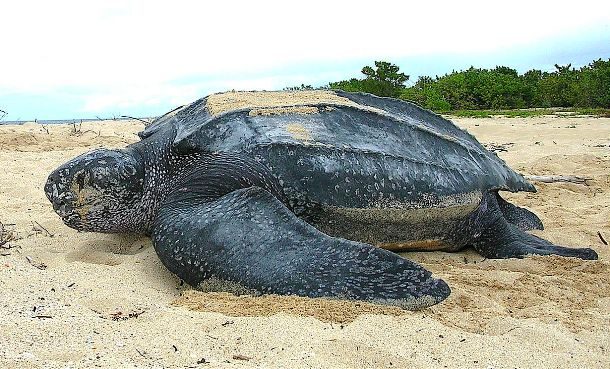 Source: nationalgeographic.com
Source: nationalgeographic.com Growing up to 2.13 m (7 ft) long and exceeding 900 kg (2,000 lb), the Leatherback Sea Turtle is the largest of all living turtles and is the fourth-heaviest reptile behind three crocodilians. Once prevalent in every ocean except the Arctic and Antarctic, the leatherback, whose evolutionary roots date back to more than 100 million years, is now a threatened species.
Common Ostrich
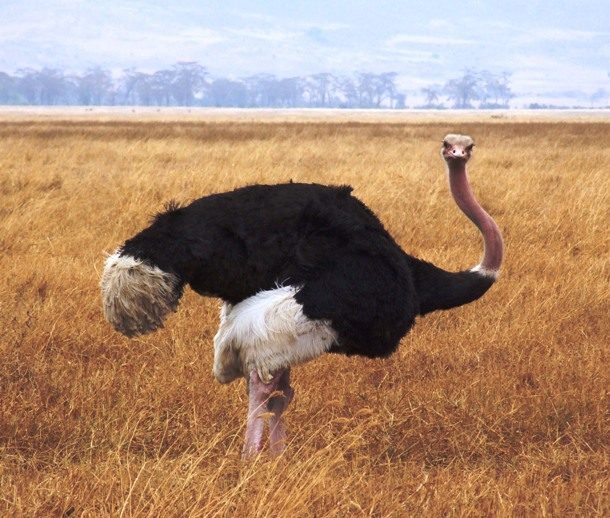 Source: tolweb.org
Source: tolweb.org If you’ve ever wondered which is the biggest bird in the world you’ve found your answer. The largest and heaviest living bird, the Common Ostrich can be up to 2.7 m (9 ft) high and weigh in up to 160 kg (350 lb). It is a flightless bird but it has unusually massive and powerful legs that allow it to run as fast as 65 km/h (40 mph). Ostriches are primarily herbivores but can on occasion eat insects.
Tasmanian Giant Crab
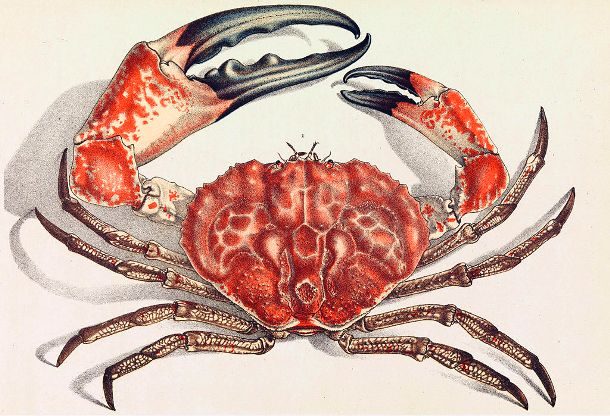 Source: abc.net.au
Source: abc.net.au Weighing in up to 17.6 kg (30 lb) with a carapace width of up to 46 cm (18 in), the Tasmanian Giant Crab is considered the largest and heaviest species of crab in the world. Found along Australia’s southern coastline, from New South Wales to Western Australia, the crab is very long-lived and slow-growing, making it vulnerable to overfishing.
Cinereous Vulture
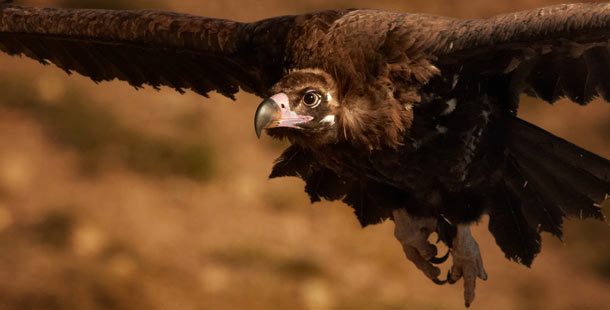 Source: beautyofbirds.com
Source: beautyofbirds.com Also known as the black vulture, monk vulture, or Eurasian black vulture, the Cinereous Vulture is sometimes considered the world´s largest bird of prey. This giant raptor can be up to 120 cm (47 in) long with a wingspan of up to 3 m (120 in) and a weight of up to 14 kg (31 lb). Nesting high in trees and on remote cliffs, the bird can fly as high as in the upper troposphere.
Giant Huntsman Spider
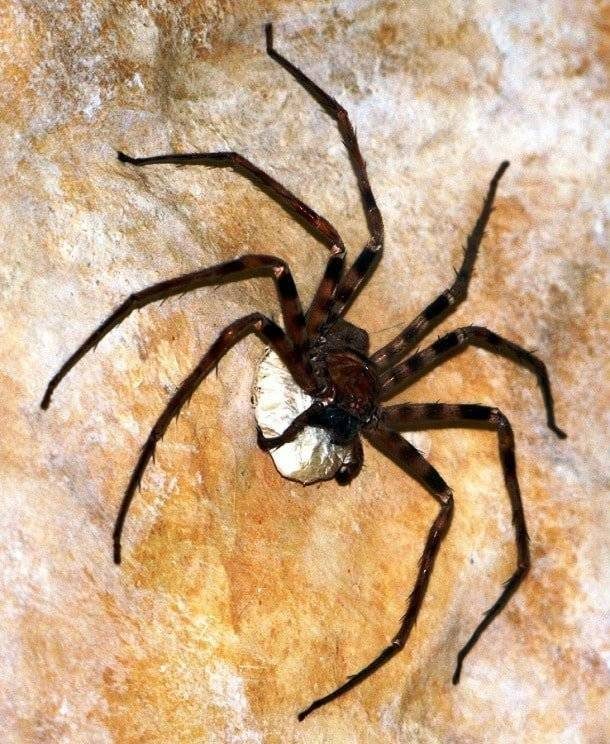 Source: livescience.com
Source: livescience.com With a terrifying leg span of up to 30 cm (12 in), the Giant Huntsman Spider is the world´s largest spider (at least by leg span). Besides their enormous size, these fast spiders are also famous for their unique way of catching prey – instead of building webs, they hunt down their prey (hence their common name).
Galapagos Tortoise
 Source: guinnessworldrecords.com
Source: guinnessworldrecords.com Endemic to just two remote archipelagos, the Galapagos and Aldabra, the Galapagos Tortoise is the world´s largest tortoise. The most giant specimen was 135.8 cm (4 ft 5 in) long and weighed in at a whooping 417 kg (919 lbs). These tortoises are also the longest-lived of all vertebrates, averaging over 100 years. The oldest on record lived to be 152 years old.
Capybara
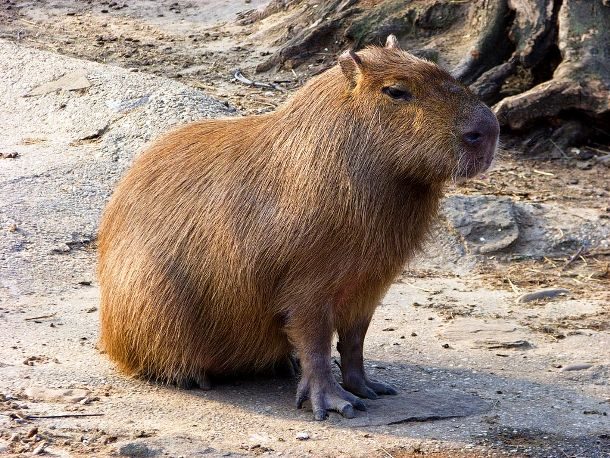 Source: animals.sandiegozoo.org
Source: animals.sandiegozoo.org Originally thought to be a pig, the Capybara is now classified as a rodent – in fact the world´s largest rodent, standing 60 cm (2 ft) tall at the shoulder and weighing in up to 80 kg (175 lbs). A close relative to the guinea pig, the Capybara lives in Central and South America, where it roams swampy, grassy regions bordering rivers, ponds, streams and lakes.
Goliath Frog
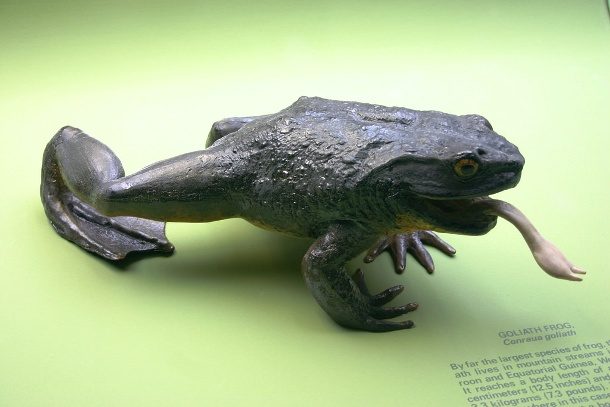 Source: frogsaregreen.org
Source: frogsaregreen.org Known as the world’s largest frog, the Goliath Frog can grow up to 90 cm (3 ft) long and weigh as much as a newborn baby – about 3.2 kg (7 lb). Native to Cameroon and Equatorial Guinea, this giant frog is endangered due to habitat destruction, over hunting and the pet trade.
Chinese Giant Salamander
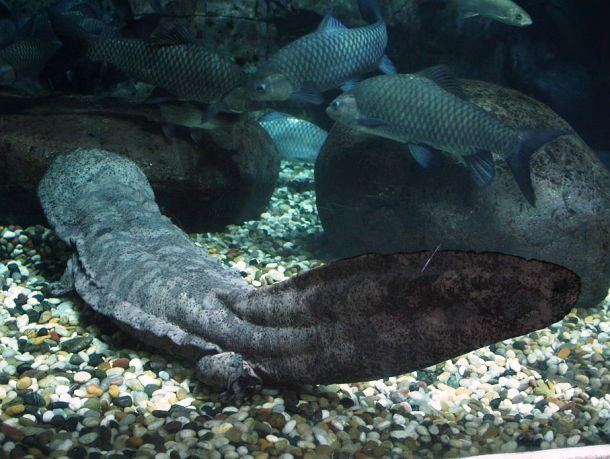 Source: bbc.com
Source: bbc.com With a length of up to 180 cm (6 ft), the Chinese Giant Salamander is the largest salamander and largest amphibian in the world. These critically endangered animals belong to the ancient family Cryptobranchidae which is 170 million years old. The Giant Salamanders are still very similar to their ancient relatives, which is why they are often called “living fossils”.
Hippopotamus
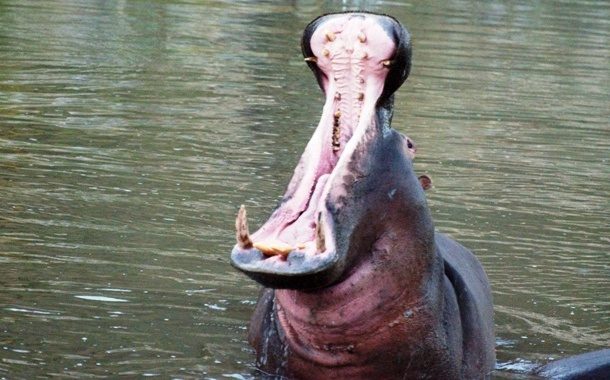 Source: awf.org
Source: awf.org With a length of up to 4 m (13 ft) and weight of up to 3.5 tons, the Hippopotamus is the largest semi-aquatic animal and the third largest type of land mammal. Despite their physical resemblance to pigs, the closest living relatives of the Hippos are actually the cetaceans from which they diverged about 55 million years ago. The hippo lives in 29 African countries.
White Witch
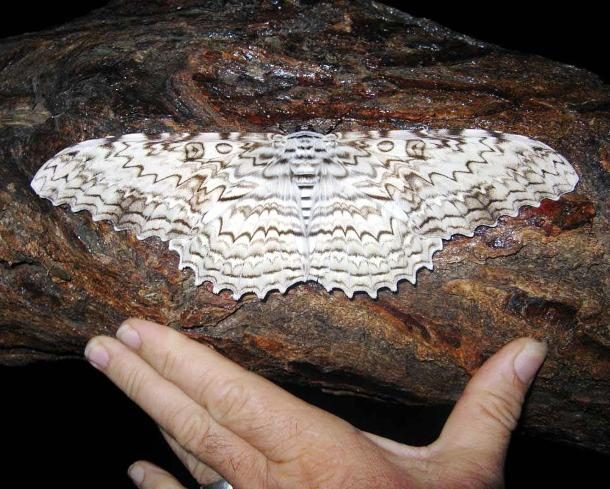 Source: eol.org
Source: eol.org Known by several other names including the birdwing moth and the ghost moth, the White Witch is a large moth that has some of biggest wingspans in the insect world at almost 30 cm (12 in). The species occurs in Mexico, Central and South America and appears as a stray as far north as Texas, USA.
Green Anaconda
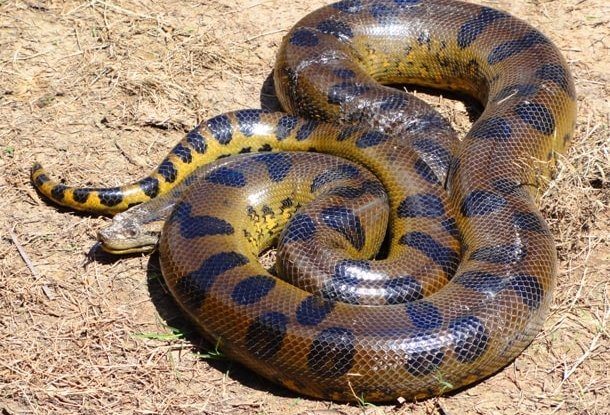 Source: nationalgeographic.com
Source: nationalgeographic.com A member of the boa family, the Green Anaconda is considered the largest snake in the world. Its cousin, the reticulated python, can reach slightly greater lengths, but the enormous girth of the Anaconda makes it almost twice as heavy. Native to the Amazon tropical rain forests, this giant snake can grow up to 9 m (30 ft) and weigh more than 250 kg (550 lb).
Emperor Scorpion
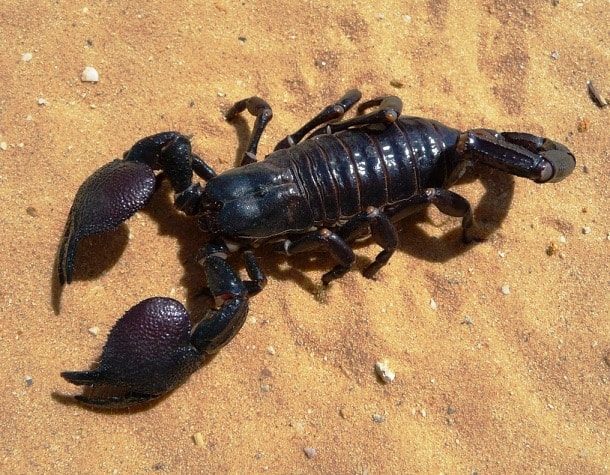 Source: scorpionworlds.com
Source: scorpionworlds.com Reaching up to 20 cm (7.9 in) in length, the Emperor Scorpion is one of the largest scorpions in the world. Despite its size and menacing appearance, this species is not lethal to humans, which is also why it is a very popular pet among scorpion enthusiasts. Found in rainforests and savannas in West Africa, this scorpion lives for up to 8 years.
Elephant Seal
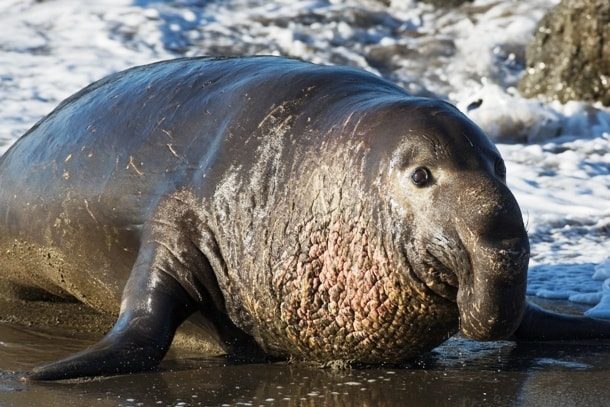 Source: nationalgeographic.com
Source: nationalgeographic.com With a length of over 6 m (20 ft) and weigh of up to 4.5 tons, the Elephant Seal is by far the largest pinniped. However, these massive mammals aren’t called elephant seals because of their enormous size – they take their name from their trunk-like inflatable snouts. There are two species of the Elephant Seal – northern (found in California) and southern (found in sub-Antarctic and Antarctic waters).
Polar Bear
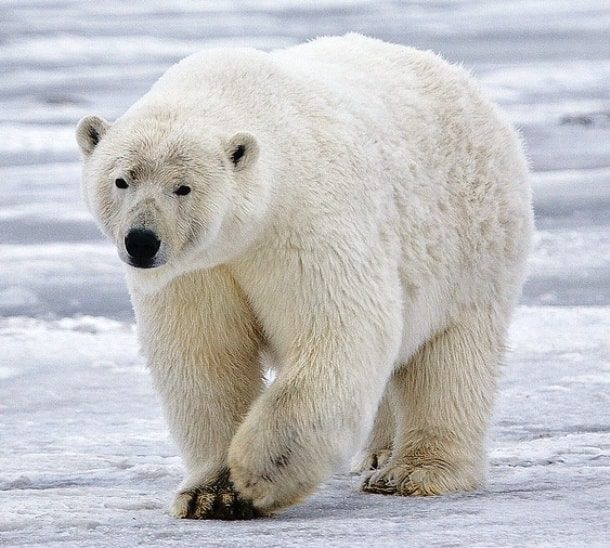 Source: defenders.org
Source: defenders.org Measuring up to 2.7 m (9 ft) in length and weighing in as much as 800 kg (1,760 lb), the Polar Bear is the largest land carnivore in the world, rivaled only by the Kodiak brown bear of southwestern Alaska. The Polar Bears sit at the top of the food chain in the biologically rich Arctic (which they are endemic to) where they feed primarily on seals.
Giant Squid
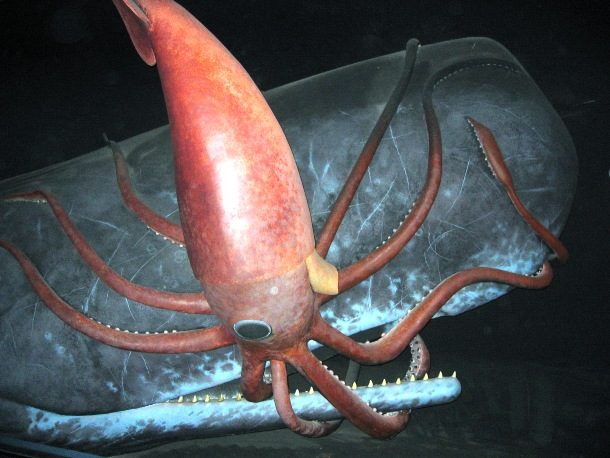 Source: nationalgeographic.com
Source: nationalgeographic.com Inhabiting inaccessible depths of the ocean, the Giant Squid is one of the most mysterious and elusive animals in the world. Yet, scientists are almost sure it is the biggest invertebrate on Earth, measuring up to 18 m (59 ft) in length and weighing nearly a ton. This giant creature is thought to feed on fish, shrimp, other squids, and possibly even small whales.
Giant Manta
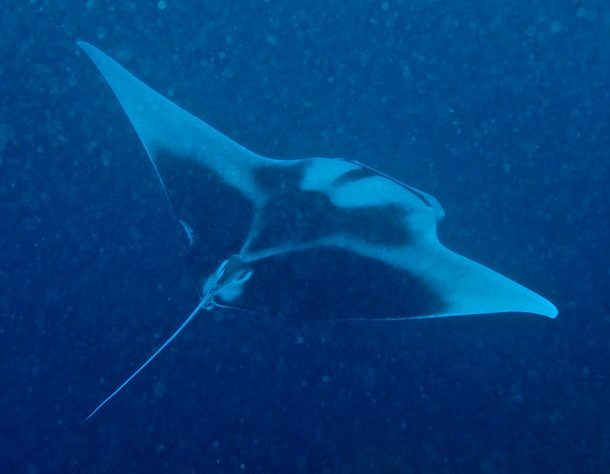 Source: oceana.org
Source: oceana.org Reaching widths of up to 7 m (23 ft), the Giant Manta is the largest ray and one of the largest fishes in the world. Similarly to other large fishes (such as the whale shark and the basking shark) and whales, the Giant Manta also feed on plankton. Found in tropical and subtropical waters worldwide, this stunning creature is now threatened due to overfishing.
Giraffe
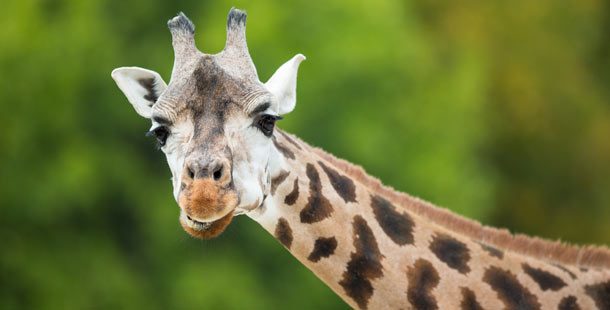 Source: awf.org
Source: awf.org Standing up to almost 6 m (19 ft) tall, the Giraffe is the tallest living terrestrial animal. Found in arid and dry savannas and open woodlands south of the Sahara wherever trees occur, this beautiful mammal is now considered a threatened specie as its natural habitat has been dramatically shrinking. Giraffes are herbivorous and live for up to 25 years.
Giant Isopod
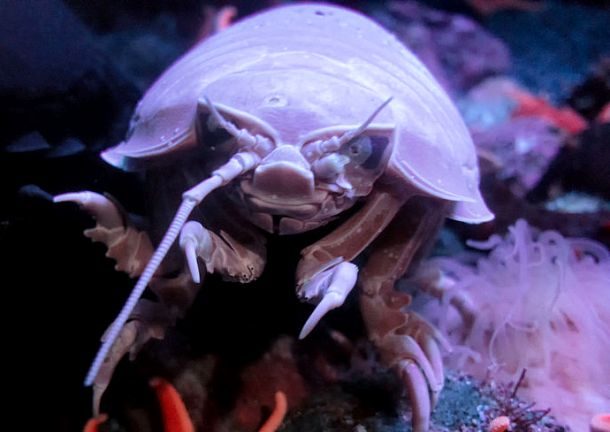 Source: aquariumofpacific.org
Source: aquariumofpacific.org Abundant in cold, deep waters of the Atlantic, Pacific and Indian Oceans, the Giant Isopod is one of the largest crustaceans and the largest known member of the isopod family, a group of crustaceans that are closely related to shrimps and crabs. The largest species can reach up to 1.7 kg (3.7 lb) in weight and up to 76 cm (30 in) in length.
Blue Whale
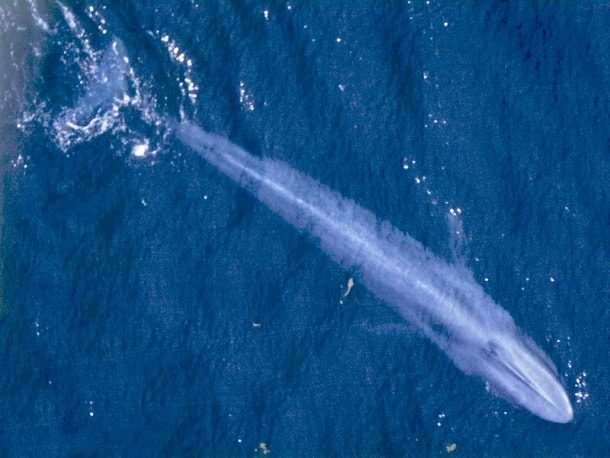 Source: nationalgeographic.com
Source: nationalgeographic.com The Blue Whale is the largest sea animal. In fact, the Blue Whale is the largest animal in the world ever recorded. Yes, these whales are even bigger than the largest dinosaurs. These magnificent marine mammals rule the oceans at up to 30.5 m (100 ft) long and upwards of 200 tons. Their tongues alone can weigh as much as an elephant and their hearts as much as a car.
Lists Going Viral Right Now
Images: 25 – 24. Public Domain, 23. Dan Hershman via wikipedia.org CC BY 2.0, 22. Public Domain, 21. Hectonichus via commons.wikimedia.org CC BY-SA 3.0, 20. Public Domain, 19. Nicor via en.wikipedia.org CC BY-SA 3.0, 18. Public Domain, 17. Shutterstock, 16. Petra & Wilfried via en.wikipedia.org CC BY 2.0, 15. Mfield, Matthew Field commons.wikimedia.org CC BY-SA 3.0, 14. Karoly Lorentey via commons.wikimedia.org CC BY 2.0, 13. Ryan Somma via Flickr CC BY-SA 2.0, 12. J. Patrick Fischer via commons.wikimedia.org CC BY-SA 3.0, 11. Jon Connell via commons.wikimedia.org CC BY 2.0, 10. David Bygott via Flickr: EOL Images CC BY 2.0, 9. Dave Lonsdale via es.wikipedia.org CC BY 2.0, 8. Public Domain, 7. Mike Baird via commons.wikimedia.org CC BY 2.0, 6. Alan Wilson via commons.wikimedia.org CC BY-SA 3.0, 5. Mike Goren from New York via commons.wikimedia.org CC BY 2.0, 4. Bernard DUPONT from FRANCE via commons.wikimedia.org CC BY-SA 2.0, 3. Shutterstock, 2. Eric Kilby from Somerville, MA, USA via commons.wikimedia.org CC BY-SA 2.0, 1. Public Domain



























